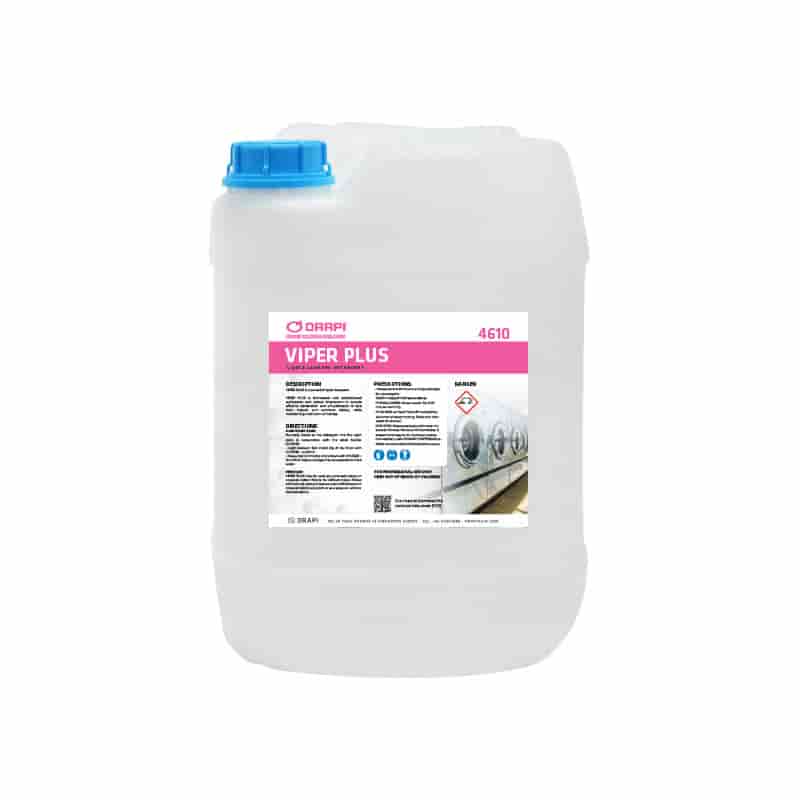
Laundry day often involves an array of tasks, from sorting through piles of clothes to deciphering the intricate symbols on garment labels. One common practice that has stood the test of time is separating colored and white clothing. As we stand before our washing machines, deliberating over the meticulous arrangement of garments, a fundamental question arises: should you separate laundry by colour (especially dark-coloured clothing)? Is it merely an old wives’ tale or a practice rooted in practicality? In this article, we delve into the reasons behind this age-old laundry tradition and why is it essential to separate light and coloured clothing.
Why’s it Important to Sort Laundry?
In the following discussion, we dive into the reasons for sorting your laundry – separating colored and white clothing. Ultimately, we will revisit the core motivation behind our recommendation to sort your garments: safeguarding the lighter fabrics from potential discolouration caused by the bleeding of darker clothes.
1. Temperature and Fabric Differences
White and dark clothing often have different care requirements. For example, whites can usually be washed in hotter water and with strong detergents to remove stains and maintain brightness. In contrast, dark clothing may require colder water and milder detergents to prevent colour fading or bleeding. Separating them allows you to tailor the washing conditions to each category, optimising the cleaning process for both.
2. Preventing Materials From Interacting

In the hotel industry, separating the washing of different materials is crucial. Various materials have distinct washing requirements, and combining them can lead to damage, colour bleeding, and inconsistent results. For example, hotel linens, such as bedding, towels, and tablecloths, are made from different materials like cotton, polyester, or blends. By separating the washing, hotels can customise settings to suit each material’s needs, ensuring optimal cleanliness and preservation. This practice maintains fabric quality, prevents colour transfer, and helps hotels meet hygiene standards. Ultimately, it extends the lifespan of linens, enhances guest satisfaction, and upholds a professional image.
3. Colour Bleeding
Colour bleeding can be a frustrating and disappointing outcome of laundry mishaps. Certain garments, particularly those that are new or have vibrant and intense colours, may contain excess dye that has not been fully set or bonded to the fabric fibres. When these garments are immersed in water during the washing process, the dye molecules can be released and dispersed in the wash water, transferring the pigment of the darker clothes onto the white fabric.
In some cases, the transferred dye may be extremely difficult or impossible to remove altogether, leaving a permanent mark on the fabric. This irreversible damage can significantly diminish its overall appearance and value.
By adhering to the practice of separating colored and white clothes, you can proactively mitigate the risk of discolouration, preserve the original appearance of your garments, and prolong their lifespan.
4. Staining
Dark-coloured clothing, especially those with strong dyes, can release small amounts of colour even if they don’t visibly bleed. These stains or discolourations may not be as drastic as those caused by visible colour bleeding, but they can still be quite noticeable, especially on white fabrics, making the whites appear dull or greyish.
By keeping them separate, you can focus on treating and maintaining the specific needs of each category of clothing, ensuring that your light-coloured garments remain free from any undesired discolouration.

Why Do Dark Clothes Bleed?
The issue of dark clothes bleeding in laundry wash can be attributed to inadequate processing prior to their sale. Typically, dark-coloured garments should undergo a washing process once or twice to allow the dye to properly set in. Unfortunately, to minimise processing expenses, some items are sold without undergoing this crucial step. Consequently, when these unwashed garments are subjected to their initial few washes, the dye tends to bleed, releasing and mixing with the wash water.

How to Separate Your Colored and White Laundry?
While it might seem tempting to toss a jumble of laundry into the washing machine, avoiding the risk of turning everything an unusual shade of pink or grey requires adhering to our recommendations on sorting your laundry and determining which colours can be washed together.
- Organise your clothing and apparel into distinct categories, including whites, light colours, dark colours, and fabric types. Do not mix a small quantity of one category with another; instead, reserve it until you have enough for a complete load.
- Properly segregating your light and dark laundry is of utmost importance to prevent darker dyes from compromising lighter fabrics. Arrange your greys, blacks, navies, reds, dark purples, and similar hues into a distinct load while keeping your pinks, lavenders, light blues, light greens, and yellows separate for another laundry cycle.
- After organising your laundry based on colour, the next step is categorising them by fabric type. It is crucial to avoid washing bed linens, towels, upholstery, curtains, and similar items together, as each necessitates different water temperatures for optimal cleaning.
Adopting the practice of sorting clothes into distinct stacks according to their degree of dirtiness is an additional prudent approach to achieve optimal results. Heavily soiled articles typically require pre-treatment and more vigorous agitation from the washing machine for thorough cleansing. Before placing them in the machine, apply a stain remover to heavily soiled garments to prevent the recurrence of stains.
ORAPI RECOMMENDS:
VIPER PLUS is designed as a potent liquid detergent specifically designed to cater to the needs of commercial and on-premise laundries. It harnesses the power of advanced surfactants and optical brighteners to ensure optimal penetration and emulsification of dirt and grime from both natural and synthetic fabrics. The ultimate result is exceptional cleanliness and a striking level of whiteness.
Conclusion
In conclusion, the age-old practice of separating colored and white clothing during laundry day is not a mere myth but a practical necessity. By understanding the temperature and fabric differences, preventing colour bleeding, and avoiding potential staining, we can safeguard our garments’ quality, appearance, and longevity. Sorting laundry based on colour and fabric type, along with considering the degree of dirtiness, allows us to tailor the washing conditions for each category, optimise cleaning results, and maintain the integrity of our favourite clothes. So, the next time you stand before your washing machine, take a moment to sort your laundry and embrace the benefits of this time-tested tradition.














